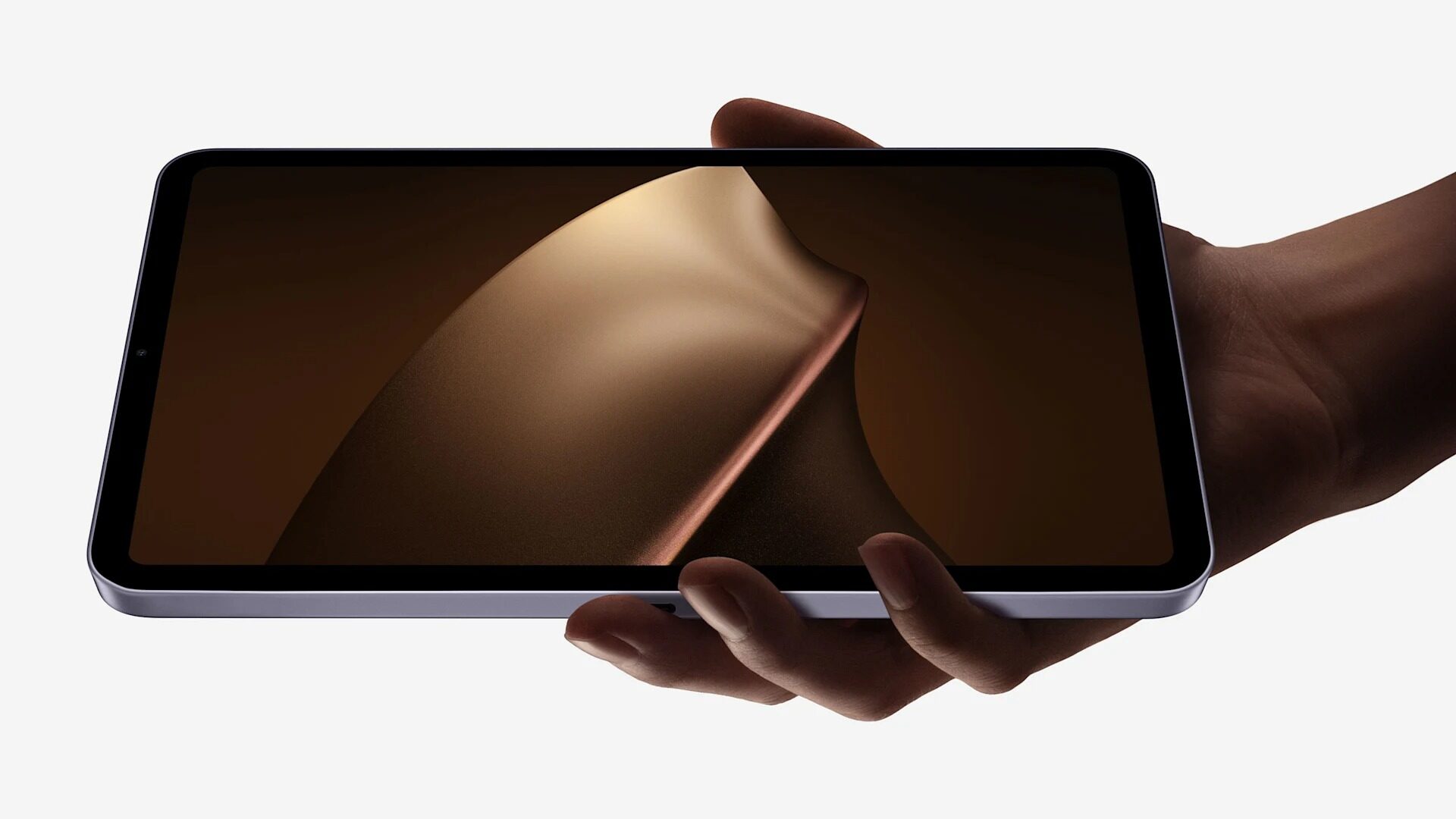- | 8:00 am
How Will We Pay for Things in the Metaverse?
Governments, banks, and technology companies should come together now to consider how payments and currency will work in the metaverse.

Although it is still largely undefined, many envision that the metaverse will be an immersive, virtual world where people use “avatars” to interact with one another. In the future, people will be able to shop or attend meetings or entertainment events in the metaverse, and it will all seem lifelike. At least that’s the vision.
While you already see pieces of the metaverse experience here and there, in online games like Fortnite and Roblox and virtual environments like Decentraland, nobody has stitched it all together yet, and we don’t know who will emerge as a leader in this new environment.
There is, however, one thing we can say for sure: The metaverse won’t be a success without a reliable, trusted, and easy way to pay for products and services.
MAKING PAYMENTS IN A VIRTUAL WORLD
Either way, payments will be key to creating a virtual “world” worthy of the name. The big questions are: Will a single currency emerge for all transactions? And what might that currency be? Dollars? Crypto? Right now, payment methods in metaverse-like environments are heterogeneous. In the Roblox game platform, players buy and sell virtual items using “Robux,” which are exchanged for real-world currency like U.S. dollars. In Decentraland, they use MANA, which is a digital asset token built on the Ethereum blockchain.
The good news is that if we use blockchain technology, we might not need a single currency. Because it is interoperable by design, different blockchain protocols can talk to each other and share data, meaning the blockchain could perform continuous transaction exchanges. A buyer could pay in whatever currency she wanted and it would be instantly converted into the seller’s preferred currency, including related fees. Payment in dollars could be immediately converted into Euros, Bitcoin, or another currency.
This kind of quick and easy payment system will go a long way toward helping the metaverse thrive. But whichever system or systems are created, forecasters predict there will be trillions in value exchanged within the next decade, and the sky’s the limit for innovation. To speed things along, governments, banks, and technology companies should come together now to consider how payments and currency will work in this space.
HOW COMPANIES CAN USHER IN METAVERSE PAYMENTS
For their part, business leaders can start to identify how they can create payments functionality in a world beyond traditional currency and crypto. The metaverse will create new customer behaviors and expectations, requiring innovative payment options that build trust and make it seamless for consumers to jump from real life to any virtual world they want. Exploring the building blocks of this new frontier, including web3, blockchain, and NFTs, will spawn new ideas and help businesses view the world of commerce in new ways.
Some enterprises might do no more than replicate their current web presence in the metaverse. But there are intriguing possibilities to go far beyond that. For example, if your company produces a physical product—from furniture to houseware to cars and other vehicles—there will likely be opportunities to sell virtual versions of these products in the metaverse. Or perhaps, when a customer buys a real-world product, they automatically get an identical virtual product populated in the metaverse.
Similarly, companies that produce sporting or entertainment events could offer special NFTs associated with the events.
In these early days, businesspeople should be thinking about how the metaverse can be incorporated into business and sales goals. How will they design, create, and sell their virtual wares?
As for Synchrony, we are acting on our belief that facilitating payments will be vitally important in the metaverse. We’re making it easier for our employees to learn, collaborate, and build that future by deploying immersive, 3D replicas of our collaboration spaces. Initially we will use the environment for training and cultural events, but we will encourage people to experiment and start planning for a time when Synchrony’s products are deployed in the metaverse.
In the early part of this century, the Web’s transition from a static medium to a place for conducting business transactions signaled a massive opportunity for visionaries. We are again at that inflection point with the metaverse today. It’s time to dive in.







































